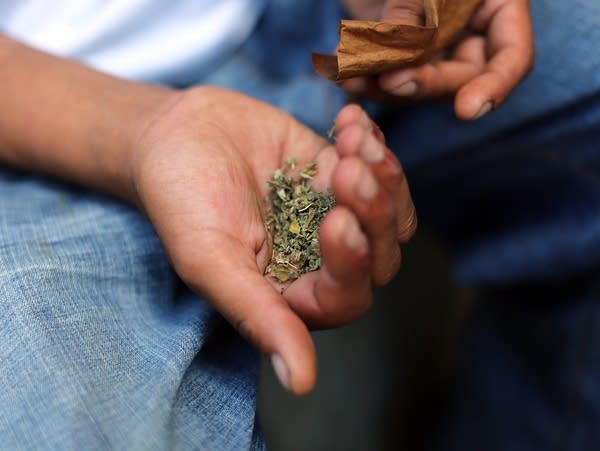Overdoses from synthetic drug K2 pour into HCMC

A man prepares to smoke K2 or "Spice", a synthetic marijuana drug, along a street in East Harlem on August 5, 2015 in New York City.
Spencer Platt | Getty
Go Deeper.
Create an account or log in to save stories.
Like this?
Thanks for liking this story! We have added it to a list of your favorite stories.


